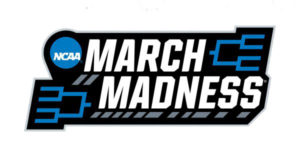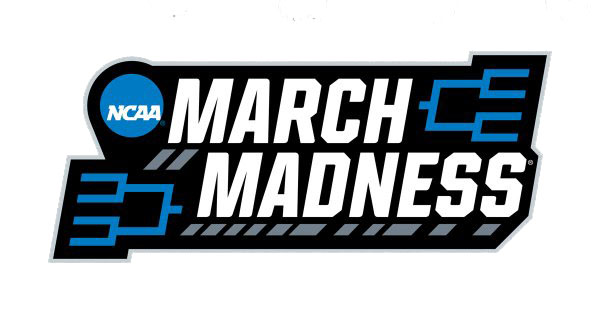
Survival of the fittest – 64 teams, win and advance, or lose and go home. Since 1939, the NCAA tournament has maintained immense competition and interest by popularizing game-winning shots, bracket challenges, and Cinderella-storied teams through marketing. And it does all of this without one of its greatest strengths – the players.
According to Sapna Maheshwari at the New York Times, “companies spend more than $1 billion on television ads tied to the tournament, plus millions more on online marketing and ads in and around the arenas where the games are played.” A number of companies sponsor the tournament, but the NCAA does not condone releasing names or promoting college athletes – one of the main drivers of the tournament. Should players see a profit? I think not, for a good reason.
We know that a great story is authentic, not bought. Consumer interest/emotion spikes on a cause and effect basis; we have to do something to make something else happen – the perfect scenario for brand building. Players are able to build their own image without being sponsored because of social media. It has allowed them to interact with fans, celebrities, owners, etc. If they are fortunate enough to get drafted in the NBA, their basketball expertise alone gains them enough popularity to sign deals with top brands such as Nike, Adidas or Under Armour; thus, making money.
There are a number of other factors to be considered about player endorsement, but for now I want to rely on the NCAA’s success of creating native content for consumers without doing so. The endorsement of student athletes turns them into a product of the endorser, not a true realistic college athlete.
College allows every student an equal chance of success in any field of their own. Dreams are built by working hard and the NCAA continues to spread that message. As they say, “most athletes will go pro in something other than sports.” This remains true today.
Maheshwari, S. (March 19, 2017). N.C.A.A.Tournament Ads Work Around Glaring Absence: Players. New York Times. Retrieved from https://www.nytimes.com/2017/03/19/business/media/ncaa-tournament-ads-player-images.html?_r=0


